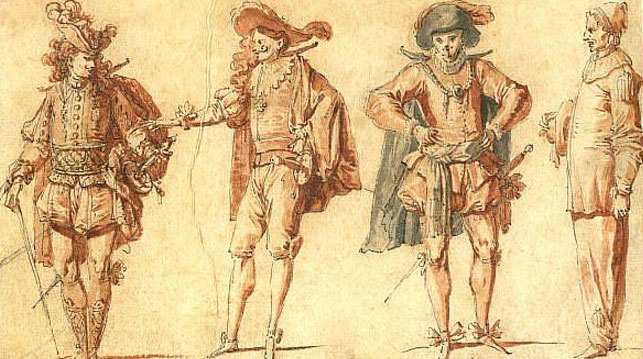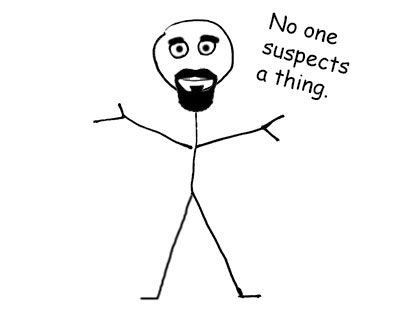
My blog this month is part of a series on how the elements of a story determine the plot structure, particularly where the action begins and ends. If you haven’t read the previous installments, you might find it useful to do so.
Your life happens on a couple of levels simultaneously. External circumstances change in ways big and small: you find a new job, a relationship ends, or you break your leg. Some of these changes arise from your own actions: you work up the nerve to talk to that cute barista, or you have one too many drinks. Sometimes, you are the person to whom things happen: a sudden rainstorm or a car accident.
As your world changes, so do you. Your internal state evolves with your external circumstances. Big life events can have a profound effect on the person you are—that is, on your character. When that job works out, anxiety gives way to a new sense of belonging; romantic disappointment resolves into resignation, and then into compassion.
Get a free sample proofread and edit for your English document.
Two professional proofreaders will proofread and edit your English document.
All the World’s a Stage
Your character is defined not just by your emotional responses in the moment, but by your role in the world (i.e., how other people perceive you). This also changes as circumstances alter: a stranger becomes a colleague; a lover becomes a stranger; an athlete, sidelined by injury, becomes a mentor. (That barista, though, has a boyfriend already. Sorry.) You play multiple roles in your life, depending on whether you’re interacting with family, friends, partners, or workmates. External events may affect one, some, or all of these roles.
And just as you may be either a passive observer or an instigator of external events, so too with your emotional relationships. Change your circumstances, and you can change your role.
That’s the engine that powers a character story. The tension arises from the protagonist’s discontentment with their place in the world or with their role in a relationship. Their efforts to change that role kick off the action.
The ending resolves that tension somehow. Perhaps the protagonist steps happily into their desired role or learns to recognize the value of their current role. Perhaps they end up as neither what they were nor what they intended to be but in some new, unexpected third role. Or perhaps they fail in their attempt, crushed by circumstance or undone by personal weakness, and end up back at square one, more miserable than ever. Any of these endings—happy, tragic, or ambiguous—can be satisfying, as long as the story acknowledges the stakes of the attempt and the material and emotional consequences of the outcome.
Growing Up and Otherwise
Because they are concerned with defining one’s place in the world, character stories often focus on young people. The coming-of-age story and bildungsroman (novel of development) are subcategories of the character story. Louisa May Alcott’s Little Women (1868) is an archetype of the form. The protagonist, Jo, struggles to reconcile her attachment to her family and friends with her yearning for independence. The novel teems with events like war, illness, and romantic betrayal, but its resolution is internal, as Jo finds fulfillment on her own terms.

Patricia Highsmith’s The Talented Mr. Ripley (1955) is a character story too, albeit much darker. Sociopath Tom Ripley finds an opportunity to have the life he’s always wanted: he just has to steal it from someone else. The book is densely plotted, but all of its twists hinge on Ripley’s desire to assume and sustain a new role. The novel ends with Ripley secure in his position, for the moment, pondering the lengths to which he might go to keep it.
Fight Club (1996), by Chuck Palahniuk, also fits the model. The narrator, traumatized by the meaninglessness of his existence, has a most unusual companion, Tyler Durden. With Tyler, he founds a violent, cult-like social movement. The narrator eventually achieves a new emotional maturity, outgrowing his need for Tyler, but his followers will not let him leave the movement he has created; the new role he has inhabited proves to be a trap.
Finally, A Christmas Carol (1843) is a character story with an older protagonist. Dickens switches up the formula a little as the miser Scrooge must reform his character, rediscovering the generosity and kindness that have long lain dormant, in order to change his material circumstances, but the structure is intact; the action starts in earnest when Scrooge realizes he must change and ends with him joyously assuming his new role.
The character story, in short, is a framework that can support many types of narrative: sentimental, grotesque, and anything in between, but they all begin with discontentment and end with a change or revelation regarding the protagonist’s place in the world.
Jack F.
Get a free sample proofread and edit for your English document.
Two professional proofreaders will proofread and edit your English document.
Get a free sample proofread and edit for your document.
Two professional proofreaders will proofread and edit your document.
We will get your free sample back in three to six hours!